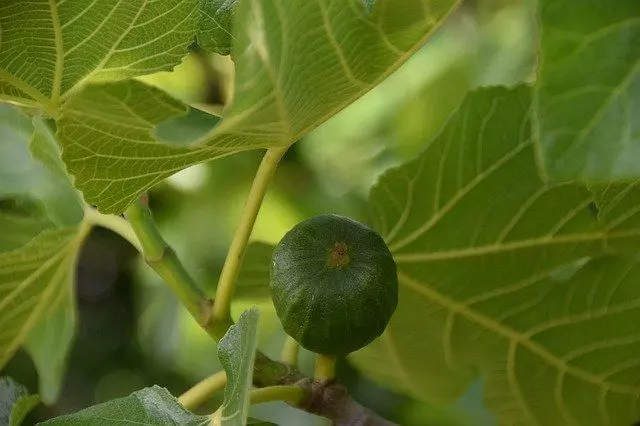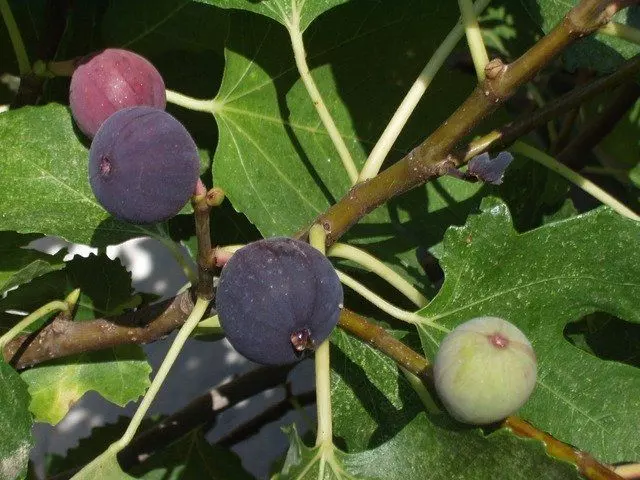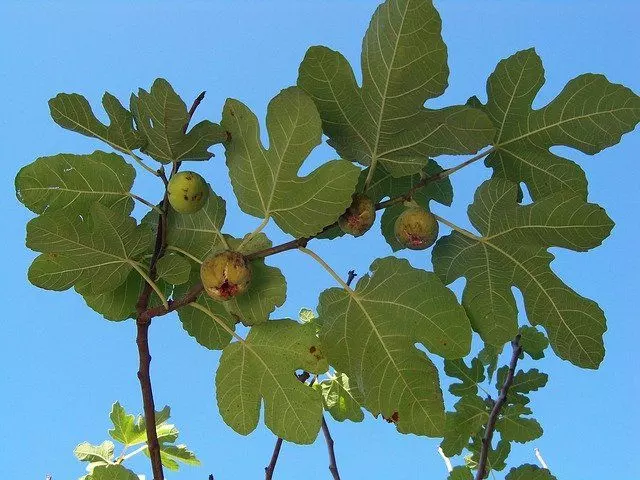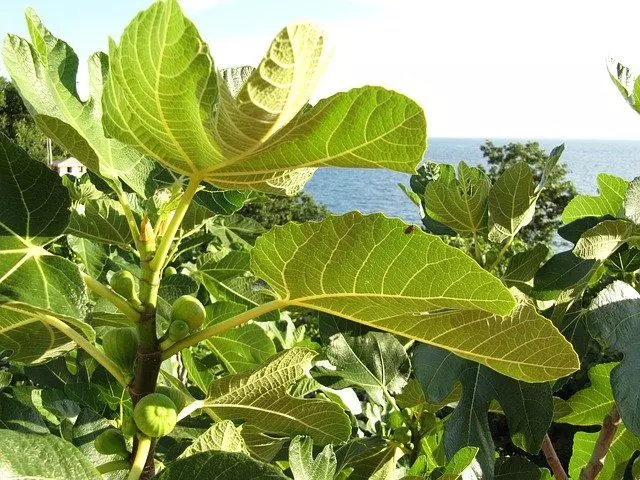If you like figs, here we will explain how to care fig tree. Fig trees (Fucus carica) tolerate extreme climates, very hot summers, and very cool winters.
The fig tree can reach heights of up to 16 ft (5 m). In 4 years, you will be able to taste the first fruits (few), but then with the years, the fig production will increase.
Table of Contents
How to Care Fig Tree
Here we will explain how to care fig tree. This will be important for your fig tree to develop properly and produce excellent fruits.

Fig Tree Location
The fig tree should receive at least 8 hours of direct sun per day. We must make sure that other trees do not give it too much shade.
It is important in winter to protect it from frost, although it can withstand the cold, it is better to protect it with cloth or plastic.
Soil for Fig Trees
It is not a very demanding tree. Fig tree develops in stony and well-drained soils. It does not like waterlogged or too acid soil. Use light fertilizers rich in potassium and phosphorus.
Fertilize in early spring and late summer.
Watering Fig Tree
Water without puddling. During autumn, watering should be reduced. In winter, water every two weeks if it does not rain too much.

Pruning Fig Tree
Pruning is very important to know how to care fig tree correctly. Fig trees tolerate pruning very well and should be pruned in early spring, in March, after the winter cold. In warm climate zones, pruning is hardly necessary, but in cold and cool climates, pruning is important to allow sunlight and warmth to reach all corners of the crown.
- Formative pruning
During the first three years, as with most fruit trees, we will prune to form the structure and crown:
The first year we will leave a strong and vigorous shoot that will be the future trunk and eliminate the rest.
In the second year, we will cut that shoot to the height we like. We can leave it high if it is in a passage area or low bush type if we have enough space. Throughout the spring, from the buds that remain below the cut, the main or primary branches will be born.
In the third year, we will cut each of these branches in half, above an outward-facing bud. With this, we will already have the structure formed.
- Fruiting pruning
Bearing in mind that fig trees in temperate and cool regions ripen the fruits that form at the ends of the twigs and shoots that grew the previous summer, pruning from now on will only consist of:
Eliminate intertwined or excessive branches
Remove shoots growing at the base.
Performing return cuts to keep their size in check.

Pests and Diseases Fig Trees
Fig trees are one of the most resistant fruit trees and are rarely attacked by pests, but their fruits are attacked by pests.
Fig tree pests can be treated with prevention. Copper sulfate should be applied during the winter and pruning should always be done correctly. Learn more about how to prune fig trees.

